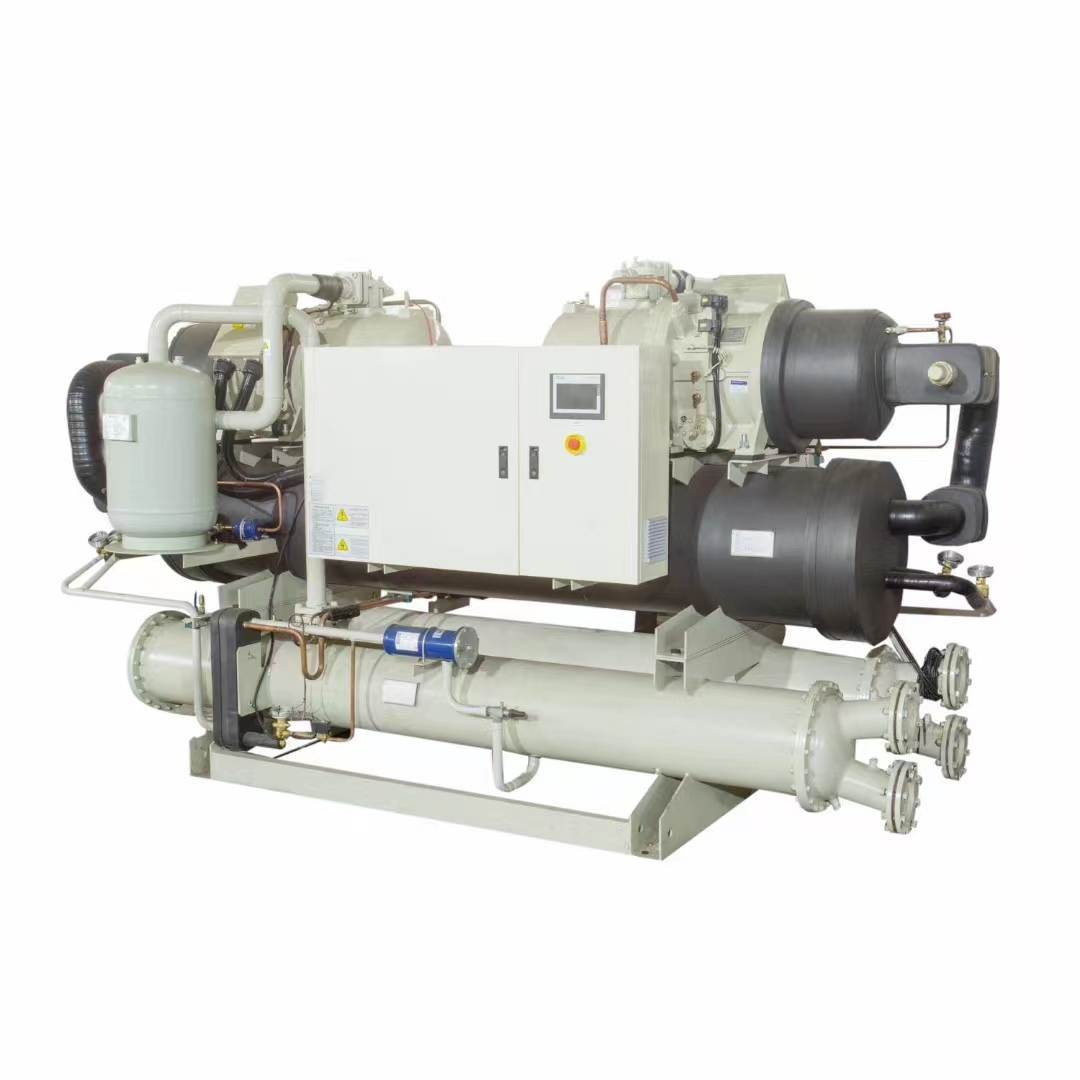Vacuum Cooling Machines Rapid Industrial Cooling Solutions
Content Outline:
- Technology fundamentals explaining vacuum cooling principles
- Performance data demonstrating efficiency gains
- Technical advantages compared to conventional methods
- Leading manufacturers comparison table
- Customization solutions for industry-specific needs
- Application case studies across sectors
- Selection criteria for reliable equipment providers

(vacuum cooling machine)
Fundamentals of Modern Vacuum Cooling Technology
Food engineers leverage phase-change physics where water evaporates at lower temperatures under vacuum conditions. When pressure drops to 4.6 mmHg, water boils at 0°C, rapidly extracting heat during vaporization. Industrial-grade units achieve 1000 Pa pressure reduction within 90 seconds, enabling temperature drops from 90°C to 20°C in under 15 minutes. This thermodynamic efficiency surpasses conventional methods by 40-65%, particularly critical for temperature-sensitive products like sauces and baked goods where microbial control determines shelf life. Properly engineered chambers ensure uniform cooling across product loads through precisely calibrated pressure gradients.
Quantifiable Performance Metrics
Validation trials demonstrate significant operational advantages: energy consumption reduction of 38-52% compared to blast chillers, 85% decreased moisture loss preserving product mass, and 70% shorter processing cycles. Independent studies verified vacuum cooling machine
s achieve consistent 1.5°C/minute cooling rates regardless of product density, whereas traditional methods slow considerably with thicker portions. Pharmaceutical applications show 99.8% temperature uniformity across palletized loads, maintaining strict 2-8°C ranges for thermolabile compounds. Commercial kitchens using these systems report 23% higher throughput during peak production with identical staffing levels.
Engineering Superiority Over Traditional Methods
Vacuum cooling technology eliminates evaporator coil frosting through direct-contact heat exchange, removing the defrost cycles that interrupt continuous operation. Advanced units incorporate multi-stage rotary vane pumps creating vacuums reaching 0.8 kPa with intelligent moisture condensers capturing 97% of vaporized water. Dual-purpose chambers perform cooking sous-vide followed by immediate cooling without transfer, reducing contamination risks. Smart sensors adjust pressure curves automatically based on product thermal mass detection – particularly valuable for irregularly shaped items where conventional methods create hot spots. These innovations collectively reduce maintenance frequency by 30% over compressed-gas systems.
Market Comparison Analysis
| Supplier | Production Scale | Specialization | Energy Rating | Cooling Range | Pressure Recovery |
|---|---|---|---|---|---|
| TechniCool Systems | Medium-Large | Ready Meals | A++ | 90°C→4°C | 55 sec |
| FrigoVac Solutions | Small-Medium | Confectionery | A+ | 80°C→10°C | 70 sec |
| CoolTek Industries | Custom | Pharma | A+++ | 110°C→-10°C | 45 sec |
| VacuTech Cooling | Large Scale | Meat Processing | A | 95°C→3°C | 65 sec |
Industry-Specific Configuration Options
Leading vacuum cooling machine manufacturers develop application-engineered variants: bakery units feature dough-proofing modes with humidity control; meat processors request integrated smoke-infusion during cooling; pharmaceutical models include sterile nitrogen purging and CIP validation ports. For produce, modified atmosphere cooling preserves freshness by replacing oxygen with nitrogen after vapor extraction. Contract packagers often select modular designs with quick-disconnect chambers allowing format changeovers in 12 minutes. Recent developments include hybrid systems combining vacuum pre-cooling with conventional refrigeration stages, achieving -18°C frozen cores in prepared meals within 28 minutes.
Cross-Industry Implementation Evidence
A prominent sauce manufacturer reduced spoilage rates from 3.2% to 0.4% after installing vacuum cooling tunnels between cooking and packaging stages. Commercial bakeries report consistent 23% volume expansion in artisanal loaves due to controlled crumb setting. In botanical extraction, cannabis processors maintain 98% terpene preservation through sub-15-minute cooling compared to 32% degradation with air chilling. European cheese producers achieve perfect rind development using graduated vacuum sequences. Most notably, UK hospital kitchens eliminated 72% of pathogen-related incidents through integrated cook-chill systems meeting NHS Hazard Analysis standards without compromising meal output volumes.
Selecting Proven Vacuum Cooling Machine Partners
Evaluating vacuum cooling machine suppliers requires technical audits of chamber integrity, validated sanitation design, and operational redundancy. Reputable manufacturers hold EHEDG certification with pressure vessel ASME stamps and NSF-compliant material documentation. Serviceability metrics matter crucially – top performers provide remote diagnostics with 98% first-visit resolution rates and guaranteed 4-hour emergency response windows. Procurement specialists should verify at least three active installations matching production scale needs, particularly checking maintenance logs for unexpected downtime patterns. Leading suppliers now integrate IoT capabilities for real-time efficiency tracking and predictive component replacement alerts.

(vacuum cooling machine)
FAQS on vacuum cooling machine
Q: What is a vacuum cooling machine used for?
A: A vacuum cooling machine rapidly lowers product temperature through controlled vaporization in a vacuum chamber. It's ideal for delicate foods like baked goods and salads where quick cooling preserves texture and prevents bacterial growth. This process also extends shelf life significantly compared to conventional methods.
Q: How do I select reliable vacuum cooling machine manufacturers?
A: Prioritize manufacturers with ISO certification and industry-specific experience verifying their equipment meets food safety standards. Review case studies demonstrating successful implementations in your sector. Finally, evaluate build quality through on-site visits or virtual factory tours.
Q: What services do vacuum cooling machine suppliers typically offer?
A: Reputable suppliers provide comprehensive services including needs assessment, customized engineering designs, and installation supervision. Many also offer operator training, maintenance programs, and 24/7 technical support. Some include efficiency optimization audits to maximize ROI.
Q: What industries benefit most from vacuum cooling equipment?
A: Food production sectors like commercial bakeries, ready-meal processors, and produce packers gain major advantages from rapid cooling. Pharmaceutical companies use them for precise temperature control of sensitive compounds. Floral and agricultural industries also utilize them to preserve freshness during post-harvest processing.
Q: How do I evaluate vacuum cooling machine companies before purchase?
A: Compare companies based on machine specifications like cooling capacity (℃/min) and chamber dimensions relative to your production volume. Analyze energy efficiency data and request maintenance cost projections. Verify their after-sales service coverage and spare parts availability in your region.
















































































































